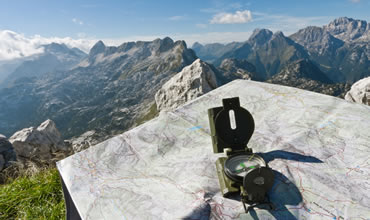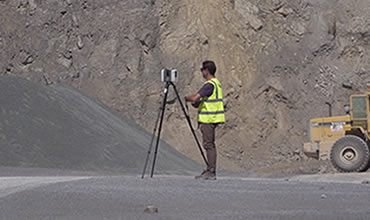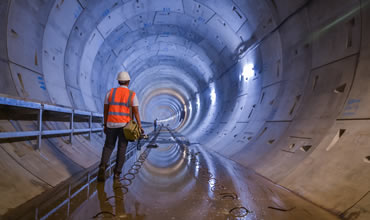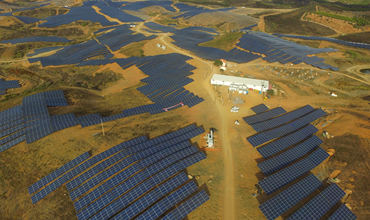GPS/GNSS receiver
Use your mobile device for data collection or stakeout and work in all kind of surveying and civil projects.
Surveying the Future

Easily perform all types of data capture, survey and stakeout work using GPS/GNSS receivers.

Complete solution in CAD, which allows you to model the terrain of a plot of land to elaborate road or urbanization projects.

Use point clouds from scanner, LiDAR or photogrammetry, as well as orthophotos, digital elevation models and aerial images in your projects.

Execute easily and accurately the construction of tunnels for roads, railroads, subways and mines, with total station or 3D scanner.
In Aplitop, we offer tailored solutions to various sectors, such as water and energy, cadastre, building, civil engineering, environment, and many others.


Technical support is very good, precise and quick responses about tcpScancyr and tcpTUNNEL.
I am delighted.
EIFFAGE CONSTRUCCIÓN
All the solutions offered by our company must meet the requirement of being world-class solutions, and Aplitop is no exception. Its various software applications include tools that are easy to implement. In addition, Aplitop has the vision of continually improving with strong first-line support, and being available in our language is a great plus for all Spanish-speaking users.
Aplitop solutions deserve a wide range of adjectives, among them: useful, versatile and dynamic. Another advantage of Aplitop solutions is the constant improvements they develop based on customer suggestions and their extensive experience in the sector.
I am very happy with the product, but especially with the excellent service and quick response to the issues and questions raised.
Aplitop solutions allows us to have powerful software with a competitive budget. Our main clients are surveyors or design offices, but other unique clients such as NATO are also part of our customer base because the TcpMDT solution allows them to create a DTM in the field, contour lines, and color gradients according to measured slopes.
The Solara 4 plant, located in the town of Vaqueiros (Alcoutim) in the Faro district (Portugal) is the largest facility in Europe of this type built without public aid. It is made up of 661,500 high-efficiency photovoltaic modules, with an installed power of 220 MWp and an estimated production of 380,000,000 kWh / year, enough to generate renewable energy to supply more than 100,000 homes.
View details